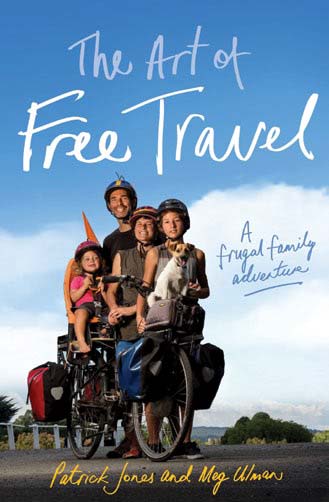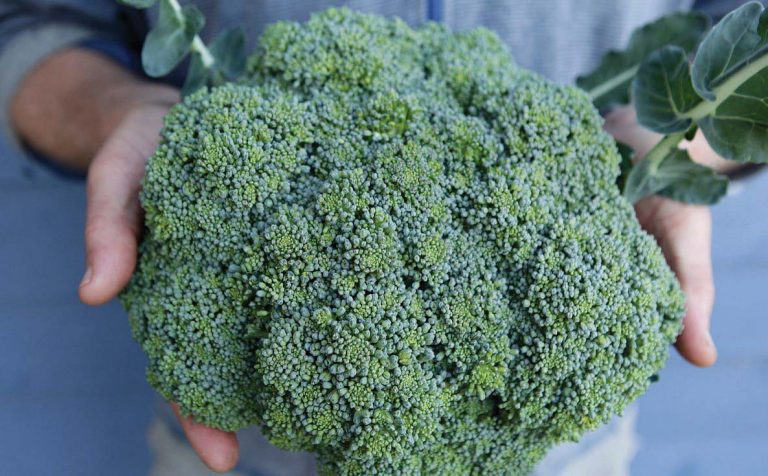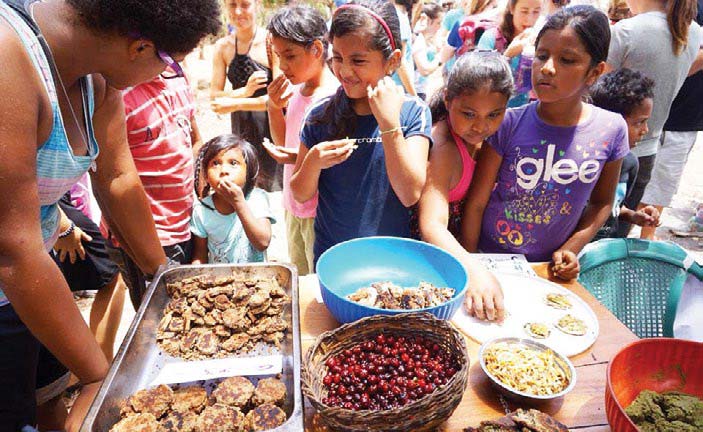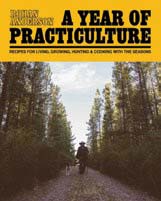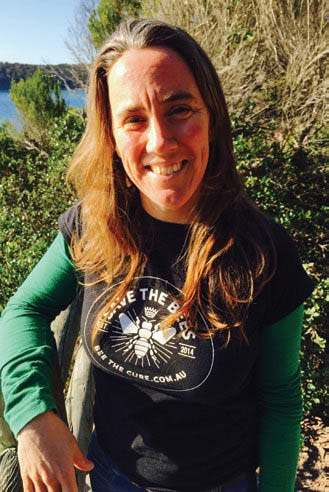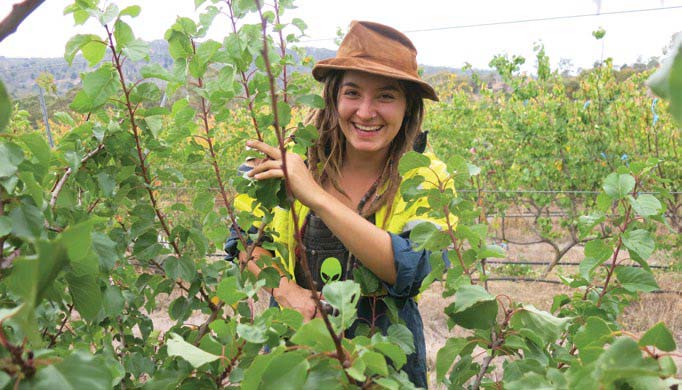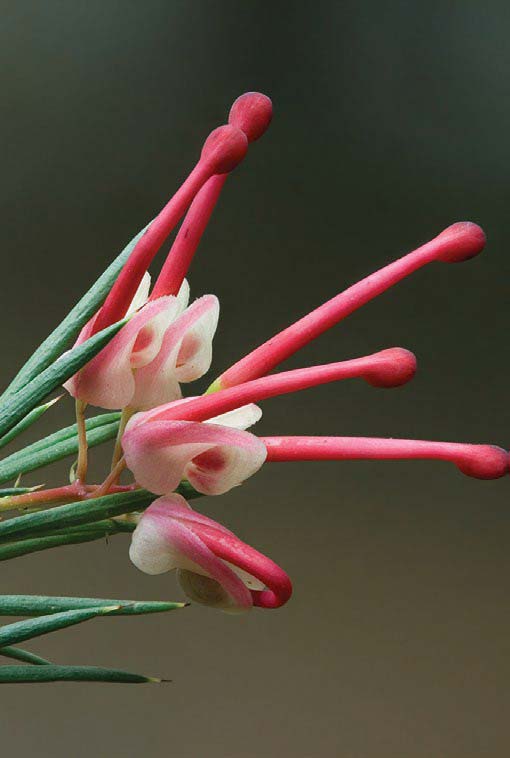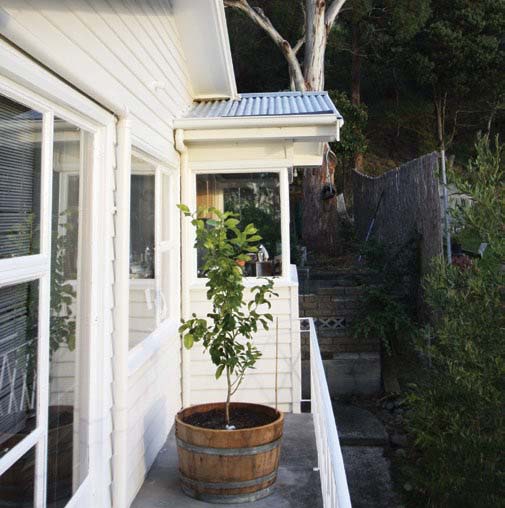A Look Inside The Hive: A Guide To Choosing The Best Honeybee Hive
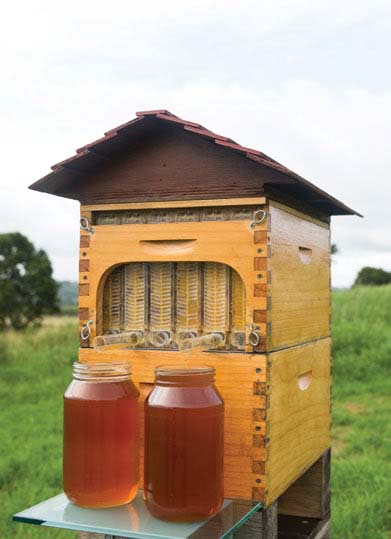
With so much focus on the plight of honeybees in the media these days, beekeeping has had a huge resurgence. Beehives are popping up in every suburb, in every city of the world. Everybody wants to help the bees!
WHY AND WHERE TO KEEP BEES?
Bees are the best pollinators: our gardens thrive with fruit and vegetables when we have a hive in the vicinity. Raw honey and wax are amazing gifts of nature. And the enjoyment bees give can be overwhelming. Bees need all the help we can offer them at the moment, by giving them clean organic gardens to forage in they will be much healthier.

